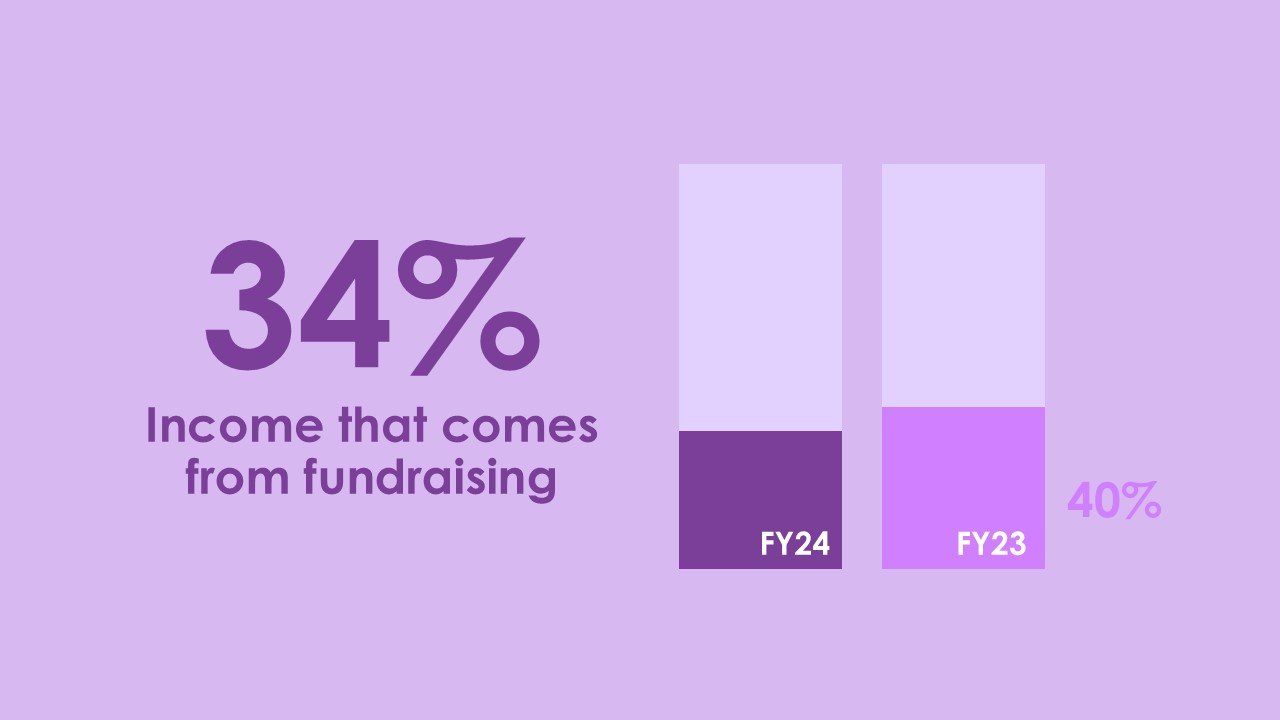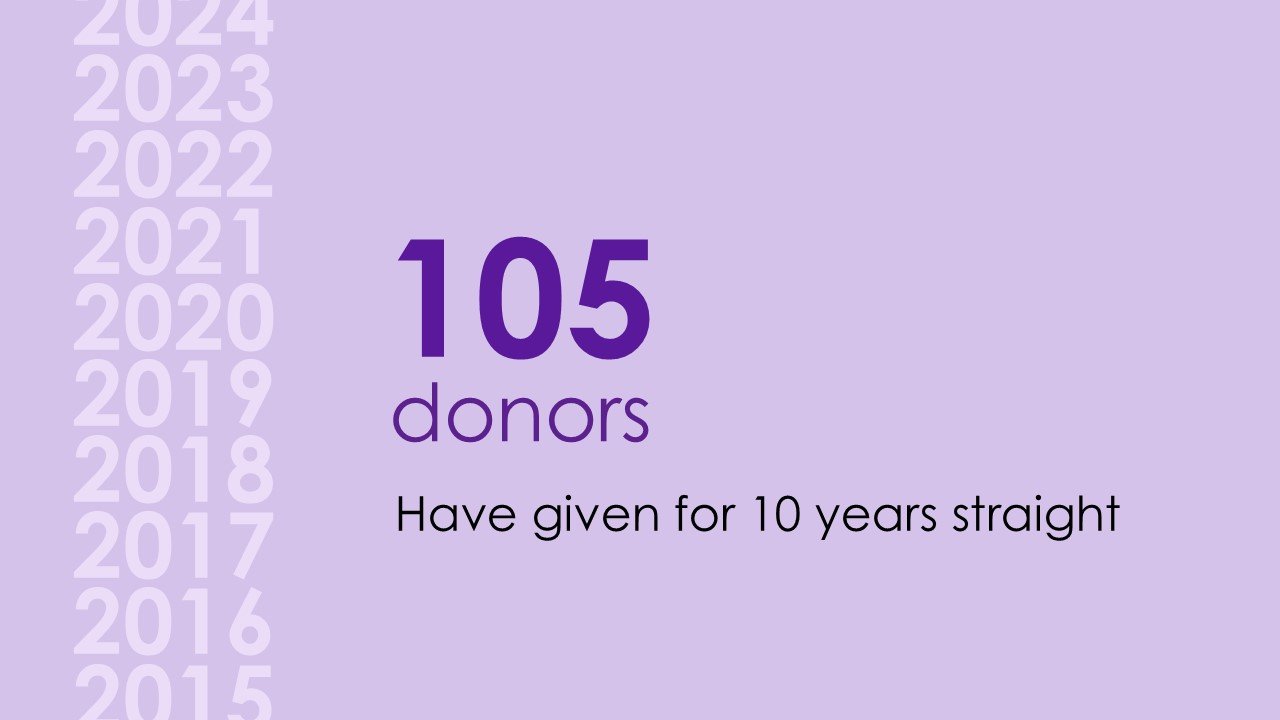THE PARAMOUNT THEATER
Presentation
Literally, actual presentations.
I create the slide decks that The Paramount’s people—the board of directors, staff, volunteers, and most importantly, patrons—get to see on the big and small screens in the theater.
For each slideshow to be effective, they need to be well designed, concise, and compelling based on the information we are trying to communicate. Concessions menus need to have selections and prices, previews of upcoming events should have accurate dates and times, and sponsor acknowledgements should have proper logo sizing—all while being visually clear yet interesting.
One particular type of presentation worth noting: the annual State of the Theater. It’s a roundup of the figures and accomplishments of the last fiscal year. Below are selected slides from the most recent presentation. Click through for a snapshot of how dynamic they can be!
Marketing Materials
Playbills, brochures, and posters—oh my.
We host nearly 300 events at The Paramount every year, including concerts, rentals, Arts Education shows, lectures, live broadcasts, conferences, and films. Considering each event calls for promotional and informational pieces through at least five different channels, the sheer volume of materials we produce to get the word out there is impressive.
I’m in charge of creating the digital and print assets for these events, sizing them accordingly and laying them out in a way that meets design requirements—be that our own brand standard or a presenter’s. Oftentimes I will reformat the files I’m sent, while other times I’ll build my own design.
The most common types of media I make are outlined below.
-
The keystone of print advertising—these are the visuals our audiences engage with the most.
They’re posted outside the theater in large boxes so passersby can glance at what’s coming up soon, reformatted to various sizes to be displayed around the building, and used digitally for emails and ticketing web events. Sometimes adoring fans will buy the posters I make for visiting artists!
-
Four seasons, four playbills printed annually. Numbers can vary depending on anticipated foot traffic, but quantities range from 2,000 to 3,000 copies per quarter.
Patrons can pick up and flip through these 72 to 80 page booklets to learn more about what we have on the calendar. This is where we also acknowledge all our generous sponsors, listed by name or found within the array of print ads included in the outer pages. On each cover is a highlighted artist we look forward to bringing to our stage.
-
Some events are part of seasonal programming, in which case they require their own brochure with specific details. These are updated annually.
Each calls for slightly different styles, of course, tailored to the audiences receiving the information. They are also designed to fold and to fit into #9 envelopes so they can be mailed or displayed in our card racks.
I elaborate on the process of creating them here, if you want to learn more.
-
Also known as Backstage News.
A 16 page bi-annual (twice a year) print publication that shares Paramount stories worth hearing about, spotlights sponsors and brings attention to upcoming performances.
Flip through the editions here.
-
Most of the ads we place are printed in the local papers, like Cville Weekly, or social boosts on Instagram and Facebook. As mentioned under Posters, admat is individually sized to fit each purpose.
-
Once you step foot in the theater, the questions that usually follow are: What next? Where to go?
It’s my responsibility to help people find the answers to those questions—to make sure those answers look good and are easy to read.
Say you’re in line for concessions. I have to make sure you can clearly see the list of beers we have on draft (and their prices) or the specialty cocktail related to the event you’re attending. Need to use the bathroom during intermission? Follow the arrows to find them upstairs or downstairs. You pick. Waiting in the box office while they’re helping you process your tickets? Take a minute to look at the card rack in the window and see what else we have going on this month. The signs are everywhere.
I’ll be honest, a surprising majority of the time people simply don’t read the signs. However, if you do, it’s my job to make sure you actually can read them.













































